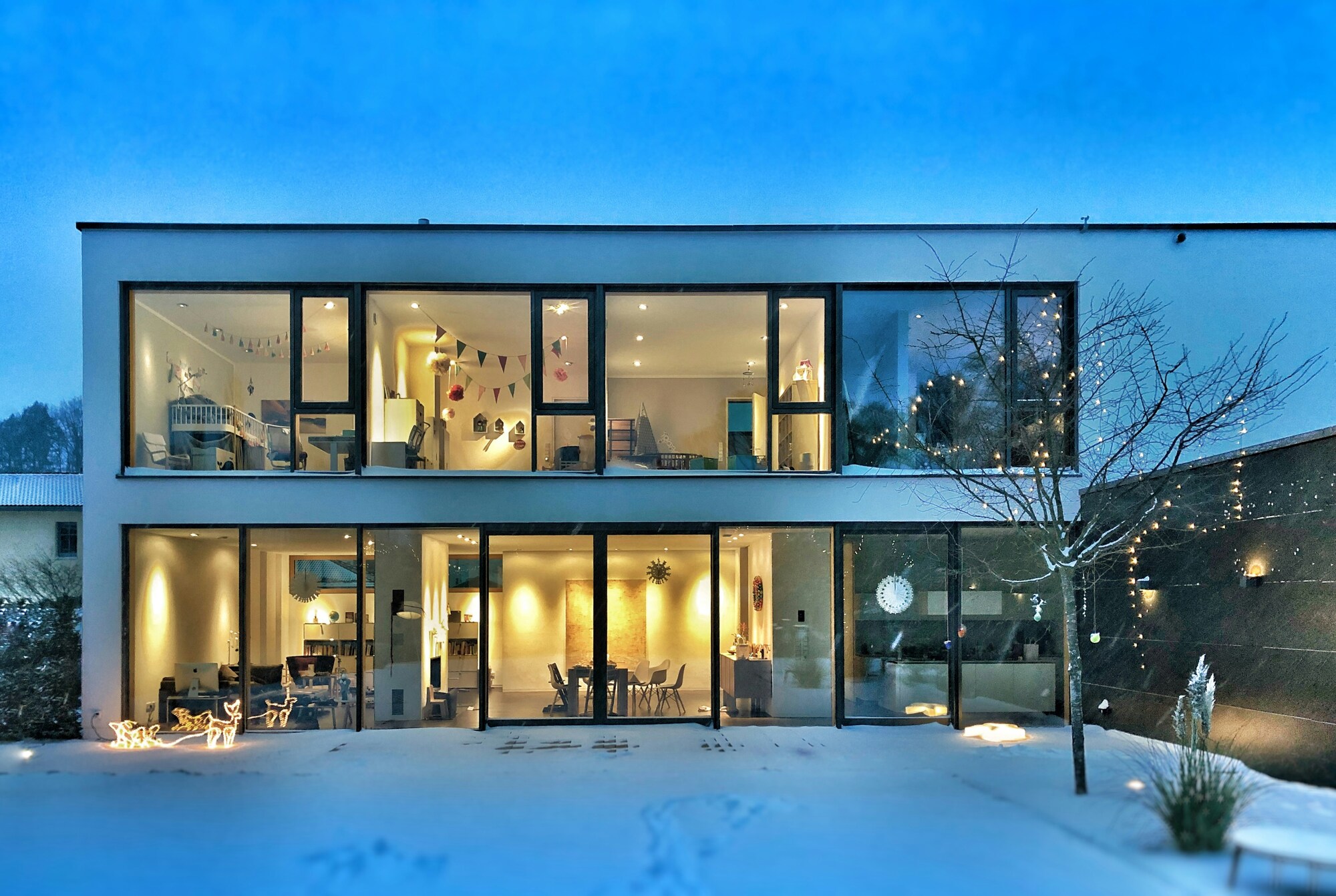In today’s fast-paced world, the concept of Smart Homes has become increasingly prevalent. With the rapid advancement of technology, integrating Internet of Things (IoT) devices into our living spaces has transformed how we interact with our homes. This article delves into how IoT Integration is shaping the lifestyle of modern homeowners.
What Are Smart Homes?
Smart Homes refer to residential spaces that utilize smart devices and technology to enhance convenience, security, and energy efficiency. These homes incorporate devices that can be controlled remotely through smartphones or voice-activated assistants. The aim is to create a more efficient and connected living environment.
Benefits of Smart Homes
- Convenience: One of the most significant advantages of IoT Integration in Smart Homes is the level of convenience it offers. Homeowners can remotely manage their smart devices, from adjusting the thermostat to controlling lighting.
- Energy Efficiency: Smart Homes contribute to lower energy consumption. Devices like smart thermostats and energy-efficient appliances can learn your habits and adjust their operation accordingly, leading to substantial savings on energy bills.
- Enhanced Security: With smart security cameras, door locks, and alarm systems, homeowners can monitor their properties in real-time. Notifications and alerts can be sent directly to your phone, ensuring you are always in the loop.
- Increased Property Value: Homes equipped with smart technology are often viewed as more desirable in the real estate market. IoT Integration can elevate your property’s value and attract potential buyers.
How is IoT Integration Transforming Daily Life?
The integration of IoT into residential environments is revolutionizing daily life in numerous ways. Households can now leverage technology to improve not just convenience but also comfort and efficiency.
Home Automation
Home automation is at the heart of Smart Homes. By automating regular tasks, homeowners can free up time and effort. Some common automation features include:
- Smart Lighting: Adjust your lights based on the time of day or activity. For example, your smart lights can dim automatically when it’s movie time.
- Automated Heating and Cooling: Thermostats that learn your routine can optimize your heating and cooling, saving energy and enhancing comfort.
- Voice-Controlled Assistants: Devices like Amazon Echo or Google Home act as central hubs for your smart devices, enabling you to control various elements of your home with simple voice commands.
Smart Kitchen Appliances
The kitchen is another area where IoT Integration shines. Smart appliances can make cooking and meal preparation more efficient:
- Smart Ovens: Preheat or adjust cooking settings from your smartphone, ensuring perfect meals, even when you’re not in the kitchen.
- Smart Refrigerators: Keep track of your groceries with internal cameras that send notifications when items are running low or about to expire.
- Smart Faucets: Control water flow and temperature through your smartphone or voice commands, adding convenience during food preparation.
Challenges of Smart Homes and IoT Integration
While the benefits are compelling, there are challenges associated with adopting Smart Homes technology:
- Security Concerns: The more connected devices you have, the more potential vulnerabilities there are for cyber threats. Protecting your network and personal information is crucial.
- Compatibility Issues: With various brands of smart devices available, sometimes compatibility can be a problem, resulting in a fragmented user experience.
- Cost: High initial costs of purchasing and installing smart devices can be a deterrent for some homeowners.
Future Trends in Smart Home Technology
The evolution of Smart Homes is far from over. Here are some exciting trends we can anticipate in the coming years:
- Increased AI Integration: Artificial intelligence will play a larger role in making devices smarter. Predictive analytics will be used to understand user behavior, allowing devices to anticipate needs.
- Interconnectivity: Enhanced communication between various devices will create a more seamless experience for users, breaking down barriers between platforms and making automation easier.
- Health Monitoring: We can expect smart home devices to incorporate health monitoring features, helping users keep track of fitness and wellness metrics.
Conclusion
In conclusion, IoT Integration into our homes is not just a passing trend; it represents a shift towards a more interconnected and efficient way of living. As technology continues to advance, embracing Smart Homes will likely become a standard expectation rather than a luxury. At the intersection of convenience and innovation, the future of living is here, and it promises to enhance our daily lives significantly.
By understanding and leveraging the capabilities of smart technology, homeowners can enjoy a more comfortable, secure, and efficient living environment. The potential of Smart Homes is limitless, making it an exciting time to embrace this new era of home living.
